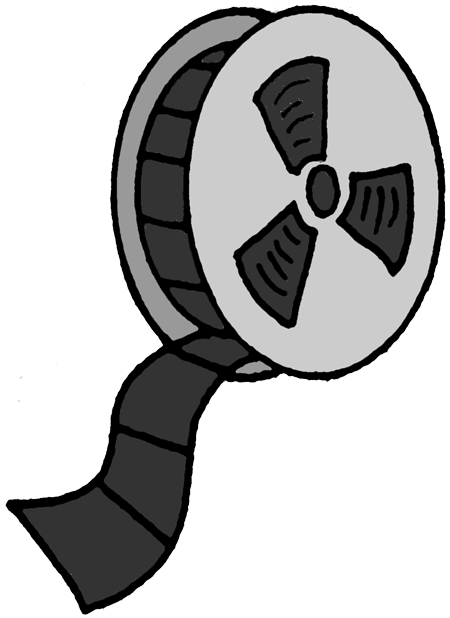- Southampton Middle School
- Cell Theory (L.S. 2)
Edwards, Stephen (Grade 8 Physical Science Teacher)
Page Navigation
-
Cell Key Concepts

• The cell theory includes the following components: all living things are composed of cells, cells are the smallest unit (structure) of living things that can perform the processes (functions) necessary for life, living cells come only from other living cells.
• The development of the cell theory can be attributed to the major discoveries of many notable scientists. The development of the cell theory has been dependent upon improvements in the microscope and microscopic techniques throughout the last four centuries.
• Continuing advances in microscopes and instrumentation have increased the understanding of cell organelles and their functions. The structure of a cell organelle reflects the job or function carried out by that organelle.Division of labor within a cell i s essential to the overall successful function of the cell.
• Many of these organelles can be observed with a compound light microscope.
• Similarities and differences in plants and animals are evident at the cellular level. Plant and animal cells contain some of the same organelles and some that differ.
• Cells go through a life cycle known as the cell cycle. The phases of the cell cycle are i nterphase, mitosis, and cytokinesis . (Although it is appropriate for students at this level to learn to recognize the stages of the cell cycle, an exploration of the individual stages of meiosis may be reserved for high school Biology.)
-
Files and Documents
 Animal vs. Plant Cells (Challenge Board)
Animal vs. Plant Cells (Challenge Board)  Cells Alive (Cell Models, Cycle, Mitosis, Meiosis)
Cells Alive (Cell Models, Cycle, Mitosis, Meiosis)  Cell Size Comparison (Very cool!)
Cell Size Comparison (Very cool!)
 Cell Inspector (Cell Organelles)
Cell Inspector (Cell Organelles)  Fish and Onion Cell Cycle Stages
Fish and Onion Cell Cycle Stages  Mitosis and Meiosis Step-by-step Animation
Mitosis and Meiosis Step-by-step Animation  Fertilization and Birth Brain POP
Fertilization and Birth Brain POP  PBS - Life's Greatest Miracle (Video Series)
PBS - Life's Greatest Miracle (Video Series)  Comparing Plant and Animal Cells
Comparing Plant and Animal Cells
 Cell Coloring: Animal, Plant, Prokaryote
Cell Coloring: Animal, Plant, Prokaryote  Cell Theory: Student / Answer (Official)
Cell Theory: Student / Answer (Official)
 Cell Organelles: Student / Answer (Official)
Cell Organelles: Student / Answer (Official)
 Mitosis and Meiosis Overview Notes
Mitosis and Meiosis Overview Notes  Historical Microscopes: Leeuwenhoek, Hooke
Historical Microscopes: Leeuwenhoek, Hooke

